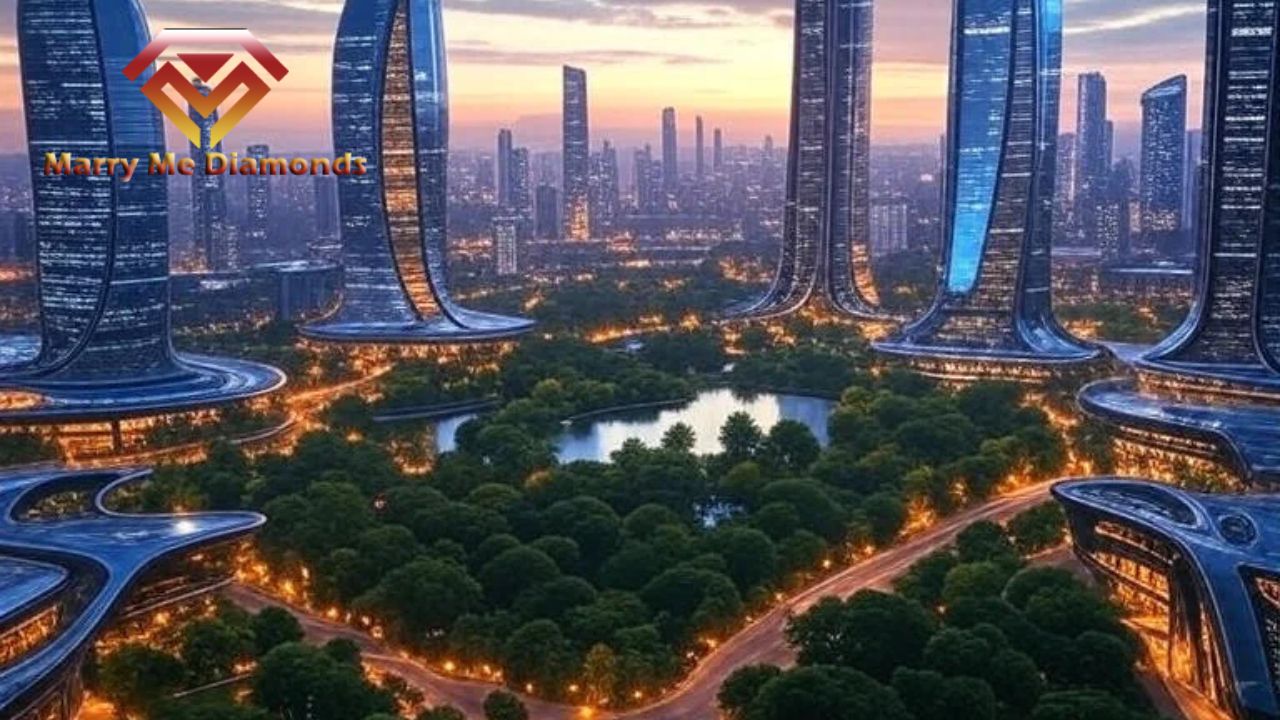Introduction to Axurbain – definition and origin
Imagine a city where nature and urban life coexist harmoniously. A place where green spaces are as abundant as cafes, and streets buzz with social interaction rather than just traffic noise. Welcome to the world of Axurbain—a fresh approach to urban design that is transforming cities into vibrant living ecosystems. Rooted in sustainable practices and community-driven development, Axurbain reimagines how we interact with our environment. As more municipalities embrace this trend, it’s time to explore its origins, principles, and the exciting impact it’s having on modern life. Buckle up; we’re about to dive deep into what makes Axurbain a game changer for urban landscapes around the globe!
The key principles of Axurbain and how it differs from traditional urban design
Axurbain centers around a holistic approach to urban living. It prioritizes community engagement, blending residential spaces with local businesses and green areas. This synergy fosters vibrant neighborhoods where people can live, work, and play seamlessly.
Unlike traditional urban design that often segments these functions, Axurbain encourages mixed-use developments. Buildings serve multiple purposes—shops on the ground floor with apartments above enhance accessibility while reducing travel dependency.
Sustainability is another core principle of Axurbain. Instead of sprawling suburbs reliant on cars, this trend promotes walkable streetscapes connected by efficient public transport. Nature is integrated into the city fabric through parks and green roofs.
Additionally, Axurbain emphasizes cultural inclusivity. By designing spaces that reflect diverse communities’ needs and identities, it nurtures social cohesion in ways traditional designs sometimes overlook. The result? Cities that are not just functional but also inviting and resilient.
Examples of cities that have successfully implemented Axurbain concepts
Barcelona stands out as a leading example of Axurbain principles in action. The city has embraced mixed-use developments, incorporating residential spaces alongside retail and green areas. This approach fosters community interaction and reduces reliance on cars.
Another notable case is Amsterdam, where cycling infrastructure takes center stage. The extensive bike lanes not only promote sustainable transport but also enhance the urban landscape’s livability.
In South America, Medellín offers an inspiring story of transformation through Axurbain concepts. The city’s innovative cable car system connects marginalized neighborhoods to the urban core, reinforcing social equity while minimizing pollution.
Singapore exemplifies vertical living with its lush rooftop gardens and integrated greenery throughout high-rise buildings. This blend increases biodiversity and promotes mental well-being among residents.
These cities demonstrate that implementing Axurbain strategies can lead to vibrant communities that prioritize sustainability and inclusivity.
Benefits of Axurbain – economic, social, and environmental advantages
Axurbain offers numerous economic advantages. By creating mixed-use spaces, it boosts local businesses and promotes entrepreneurship. This leads to job creation and increases property values in urban areas.
Socially, Axurbain fosters community connectivity. It encourages interactions among residents through shared public spaces. Parks, plazas, and pedestrian-friendly streets become venues for social activities, enhancing the sense of belonging.
Environmentally, this trend emphasizes sustainability. Green infrastructure reduces urban heat islands and improves air quality. Incorporating nature into city landscapes supports biodiversity while promoting mental well-being for inhabitants.
Moreover, Axurbain designs prioritize efficient public transport systems that reduce reliance on cars. This shift lowers carbon emissions and encourages healthier lifestyles through walking or cycling.
Each benefit interconnects seamlessly with others, crafting a holistic approach to modern urban living that prioritizes people over vehicles while being mindful of our planet’s resources.
Challenges and criticisms of the Axurbain trend
Despite its growing popularity, the Axurbain trend has faced significant challenges and criticisms. One major concern is the potential for gentrification. As urban areas become more appealing through Axurbain principles, rising property prices can push out long-term residents.
Another issue lies in implementation. Cities may struggle to adapt existing infrastructures to fit new concepts. This often leads to a patchy execution of Axurbain ideas, resulting in uneven benefits across different communities.
Furthermore, critics argue that some aspects of Axurbain prioritize aesthetics over functionality. A city might look vibrant but fail to address essential needs like affordable housing or efficient public transport.
There’s skepticism about whether these trends are sustainable long-term. Rapid changes may initially attract attention but could falter if not supported by enduring policies and community engagement.
Future predictions for the spread of Axurbain in cities around the world
As urban populations rapidly increase, the demand for innovative designs rises. Axurbain is emerging as a compelling solution to meet these evolving needs.
Cities across continents are starting to embrace this trend. From North America to Europe and Asia, local governments recognize the importance of sustainable development. This shift could redefine public spaces and transportation networks in unprecedented ways.
Advancements in technology will play a crucial role too. Smart city initiatives can seamlessly integrate with Axurbain principles, enhancing connectivity and resource management.
Moreover, grassroots movements are likely to boost awareness about environmental issues tied to urban design. Citizens advocating for greener living spaces will push municipalities toward adopting Axurbain strategies.
Global collaboration may also emerge among cities sharing best practices. Networks dedicated to sustainable urbanism could form, further accelerating the spread of axurbain concepts worldwide.
Conclusion – the potential impact of Axurbain on our
Axurbain holds transformative potential for cities across the globe. As urban areas continue to grow, the need for sustainable and inclusive design becomes more pressing. Integrating axurbain principles can lead to a rebirth of city spaces that prioritize livability, accessibility, and environmental stewardship.
This trend encourages the development of mixed-use neighborhoods where residential, commercial, and recreational areas coexist harmoniously. Such designs foster stronger community bonds while reducing reliance on cars, which in turn lowers carbon footprints. The economic benefits are substantial as well; revitalized urban spaces attract businesses and tourism.
The social fabric of our communities also stands to benefit from axurbain strategies. By promoting diversity through inclusive planning processes that engage local populations, cities can become vibrant hubs filled with cultural richness.
As we look ahead at global urbanization trends, it’s clear that embracing axurbain concepts will shape not only our physical landscapes but also how we interact within them. Cities adopting these principles are positioned not just to thrive physically but culturally and economically as well.

